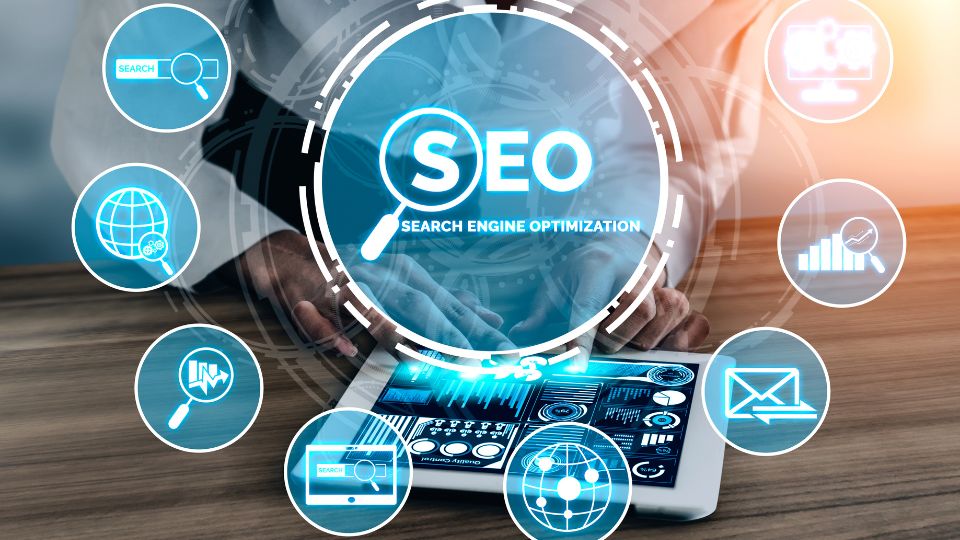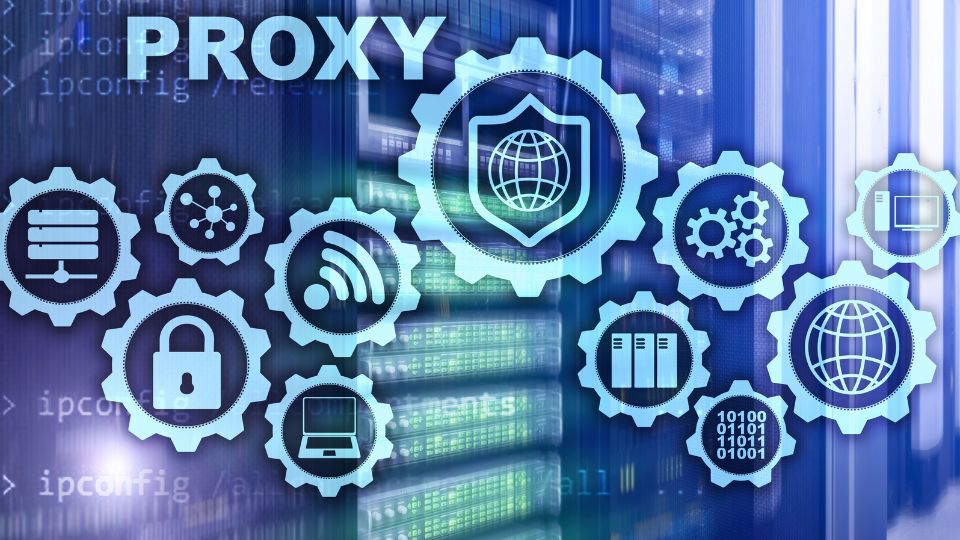Ensuring optimal productivity and retaining skilled employees require a seamless onboarding process. Prior to the official start date, pre-onboarding preparation lays the groundwork for a smooth and happy onboarding experience for new hires.
To make sure that the organization and the new hires have the same expectations and goals, a set of clear objectives must be established to guide the entire process. To give new hires the knowledge and instruments they need to succeed right away, it is equally important to gather the required materials and resources.
Further improving the efficacy and efficiency of the onboarding process can be achieved by utilizing technology, such as manufacturing onboarding software. This modern digital solution offers a single dashboard for managing each component of onboarding while simplifying processes and streamlining administrative work.
Pre-Onboarding Preparation
This crucial first step in streamlining your onboarding process ensures everyone – from HR to the new hire themself – is on the same page, working towards mutually beneficial goals.
Why are Clear Objectives Important?
Think of onboarding as a journey. Without a clear destination and defined milestones, it’s easy to get lost or sidetracked. Setting objectives provides several key benefits:
- Alignment and Focus: Objectives align expectations between the company and the new hire, ensuring everyone is working towards the same goals. This eliminates confusion and wasted effort, directing energy toward achieving desired outcomes.
- Measurable Success: Clearly defined objectives serve as benchmarks for measuring progress and evaluating the effectiveness of the onboarding process. This data-driven approach allows for continuous improvement and ensures the program delivers on its promises.
- Motivation and Engagement: Knowing what’s expected and how their success will be measured fosters a sense of purpose and ownership in the new hire. This boosts motivation, engagement, and ultimately, retention.
- Efficient Use of Resources: By outlining clear objectives, resources can be allocated strategically towards achieving them. This avoids unnecessary training or activities that don’t contribute to the desired outcomes.
Setting Clear Objectives
- Clearly outline what the organization aims to achieve through the onboarding process. This could include objectives such as reducing time-to-productivity, improving employee retention, and fostering a positive company culture.
- Ensure that the onboarding objectives are in line with the company’s mission, vision, and values. This alignment helps new hires understand their role within the broader context of the organization.
- Clearly communicate the expectations for both the organization and the new hires during the onboarding process. This includes outlining performance metrics, job responsibilities, and cultural norms.
Tailoring Onboarding Programs
The understanding of diverse roles within manufacturing, for customizing onboarding for different departments or job functions, and incorporating hands-on training and simulations, can improve the effectiveness and efficiency of their onboarding programs.
Understanding Different Roles Within Manufacturing
- Conduct role analysis: Gain insights into the various roles and positions within the manufacturing organization, including production workers, quality control specialists, engineers, maintenance technicians, and supervisors.
- Identify key responsibilities and skills: Understand the specific duties, responsibilities, and skill sets required for each role. This includes technical competencies, soft skills, safety protocols, and compliance requirements.
- Tailor onboarding content: Develop onboarding materials and training modules that are tailored to the unique requirements of each role. This ensures that new hires receive relevant information and resources that directly apply to their job responsibilities.
Work closely with department managers to understand the specific needs and challenges of their teams. Solicit input from managers regarding onboarding goals, training topics, and performance expectations.
The onboarding programs should address the unique requirements of each department or job function. This may involve incorporating specialized training modules, job shadowing opportunities, and cross-functional interactions.
Utilizing Technology in Onboarding
Utilizing technology in manufacturing onboarding can change the way new hires are trained, onboarded, and easily integrated into the workforce.
Implementing E-learning Modules
1. Flexibility and accessibility: E-learning modules provide flexibility for new hires to access training materials at their own pace and convenience, regardless of their location or schedule.
2. Multimedia-rich content: E-learning modules can incorporate multimedia elements such as videos, interactive simulations, quizzes, and animations to engage learners and reinforce key concepts.
3. Standardized training: E-learning modules ensure consistency in training delivery, allowing organizations to maintain standardization across different locations, departments, and job roles.
4. Scalability: E-learning modules can be easily scaled to accommodate a growing workforce or changes in training requirements without significant additional costs or resources.
5. Tracking and assessment: E-learning platforms often come with built-in tracking and assessment features, allowing administrators to monitor learner progress, track completion rates, and assess knowledge retention.
Manufacturing Onboarding Software
- Centralized platform: Manufacturing onboarding software provides a centralized platform for managing all aspects of the onboarding process, including documentation, training materials, compliance requirements, and employee profiles.
- Customization and personalization: Onboarding software can be customized to align with the unique needs and workflows of the manufacturing industry, as well as tailored to specific job roles or departments within the organization.
- Automation of administrative tasks: Onboarding software automates administrative tasks such as paperwork processing, document verification, and task assignments, freeing up HR personnel and managers to focus on more strategic activities.
- Integration with other systems: Onboarding software can integrate with existing HR systems, learning management systems (LMS), payroll systems, and other enterprise software solutions, enabling seamless data exchange and workflow automation.
- Compliance management: Manufacturing onboarding software helps ensure compliance with industry regulations, safety standards, and company policies by providing automated reminders, tracking completion of mandatory training modules, and generating audit trails.
Features and Benefits of Manufacturing Onboarding Software
Onboarding workflows: Manufacturing onboarding software enables organizations to create customized onboarding workflows with predefined tasks, milestones, and deadlines for each new hire.
Document management: The software facilitates the electronic storage, retrieval, and management of onboarding documents such as employment contracts, NDAs, safety manuals, and training certificates.
Training and development: Manufacturing onboarding software allows organizations to deliver and track various training modules, courses, and certifications relevant to manufacturing roles and processes.
Employee engagement: The software enhances employee engagement by providing interactive onboarding experiences, fostering collaboration, and facilitating communication between new hires and their colleagues.
Analytics and reporting: Manufacturing onboarding software offers robust analytics and reporting capabilities, allowing organizations to track key metrics such as onboarding completion rates, time-to-productivity, and employee satisfaction levels.
Mentorship and Buddy Systems
Mentorship and buddy systems are indispensable components of successful onboarding strategies in the manufacturing industry. By pairing new hires with experienced mentors and establishing buddy systems, organizations can facilitate knowledge transfer, accelerate learning, and foster a sense of belonging and support within the workforce.
Importance of Mentorship in Onboarding
Knowledge transfer: Mentorship facilitates the transfer of tacit knowledge, industry insights, and best practices from experienced employees to new hires, helping them navigate the complexities of the manufacturing environment.
Accelerated learning: Mentors provide personalized guidance, feedback, and support to new hires, accelerating their learning curve and enabling them to quickly acclimate to their roles and responsibilities.
Professional development: Mentorship fosters professional growth and development by offering opportunities for skill-building, goal-setting, and career advancement discussions within the manufacturing context.
Social integration: Mentors serve as a valuable social connection for new hires, helping them feel welcomed, supported, and connected to the broader organizational culture and community.
Establishing Buddy Systems for New Hires
1. Peer support: Buddy systems pair new hires with seasoned employees or “buddies” who can offer practical advice, guidance, and assistance during the onboarding process.
2. On-the-job training: Buddies provide hands-on training and shadowing opportunities, allowing new hires to observe and learn from experienced colleagues in real-world manufacturing settings.
3. Emotional support: Buddies offer emotional support and encouragement to new hires, helping them navigate challenges, overcome obstacles, and build confidence in their abilities.
4. Relationship building: Buddy systems facilitate relationship building and camaraderie among employees, fostering a sense of teamwork, collaboration, and mutual respect within the manufacturing workforce.
Conclusion
In conclusion, encourage peer-to-peer learning by creating opportunities for new hires to collaborate, share insights, and learn from each other’s experiences within the manufacturing context.
You should also facilitate cross-functional collaboration and knowledge exchange by organizing group projects, team-building activities, and interdepartmental meetings that bring together employees from different areas of expertise.
By incorporating best practices, including recruiting approaches, manufacturing companies can create an onboarding-related experience, and every new employee from day one sets one’s self up for success. To facilitate this process, a manufacturer can develop a well-maintained onboarding program, which may include, in the first place, communication and preparation before the employees’ start day.
New employees should be properly informed about what is required and expected prior to their arrival. During onboarding, comprehensive training is required, coupled with training them and providing an opportunity to practice hands-on. For example, provide them with various technical competencies and job skills such as corporate policies and procedures and safety procedures.
Establishing communities of practice within the manufacturing organization where employees with similar interests, skills, or job roles can connect, collaborate, and share best practices will also go a long way to help.











